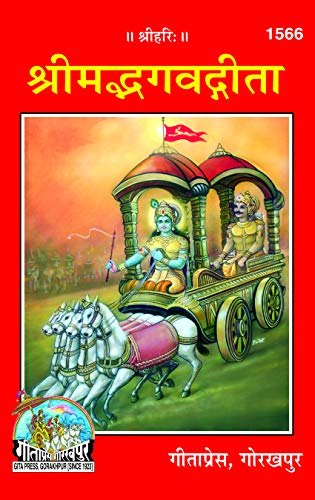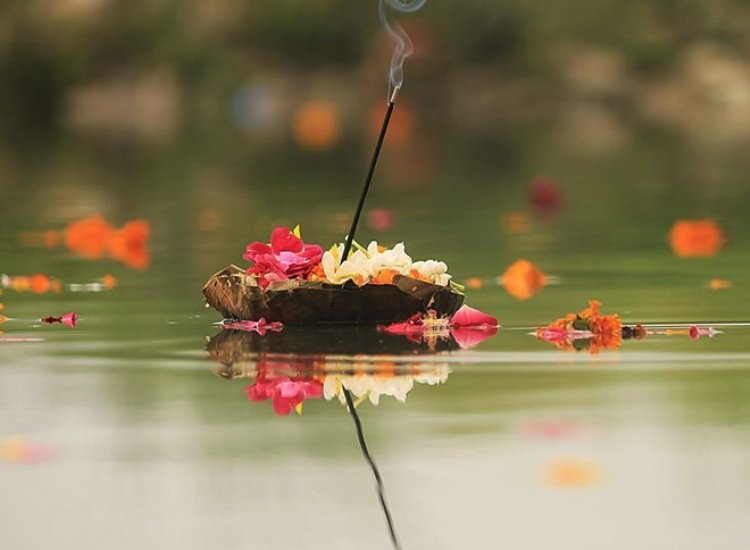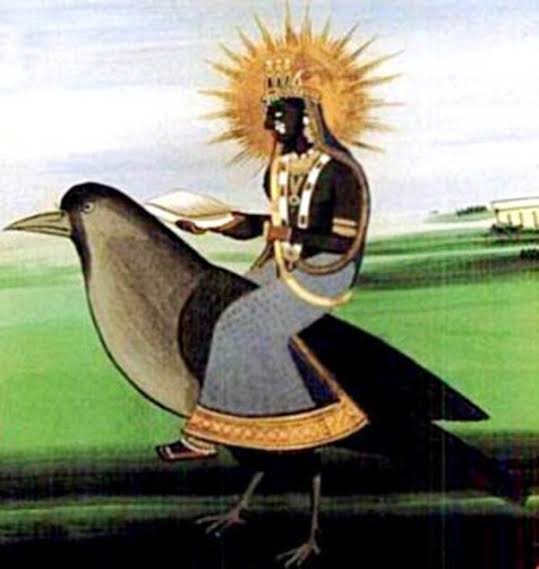Sumangali / Suhagan
Sumangali scores high value in Indian women's life. In India , there is huge importance given to mangal Sutra. The moment a man ties a woman the mangal Sutra it means that a woman will take the responsibility of protecting her husband from against odds
Sumangali scores high value in Indian women's life. In India , there is huge importance given to mangal Sutra. The moment a man ties a woman the mangal Sutra it means that a woman will take the responsibility of protecting her husband from against odds
"Mangalyam tantunanena mama jeevana hetuna
kanthe bandhami subhaage twam jeeva sarada shatam"
Meaning:
(BG) I'm trying this sacred thread around your neck, which is essential for my long life. May we have many auspicious attributes for a long and happy life for a hundred years


kanthe bandhami subhaage twam jeeva sarada shatam"
Meaning:
(BG) I'm trying this sacred thread around your neck, which is essential for my long life. May we have many auspicious attributes for a long and happy life for a hundred years
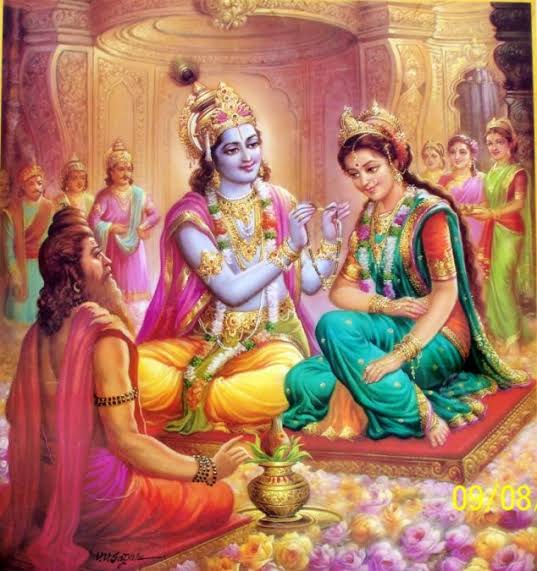
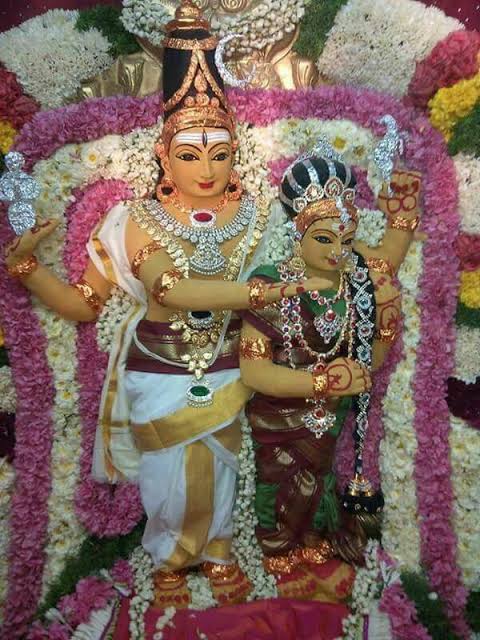

The mangal Sutra is said to give protection (Deergh Aayu) to the husband apart from the usual wows taken. i.e why a south woman doesn't remove mangalsutra untimely from her neck. The neck on which she wears represents the coiled snake neck. 
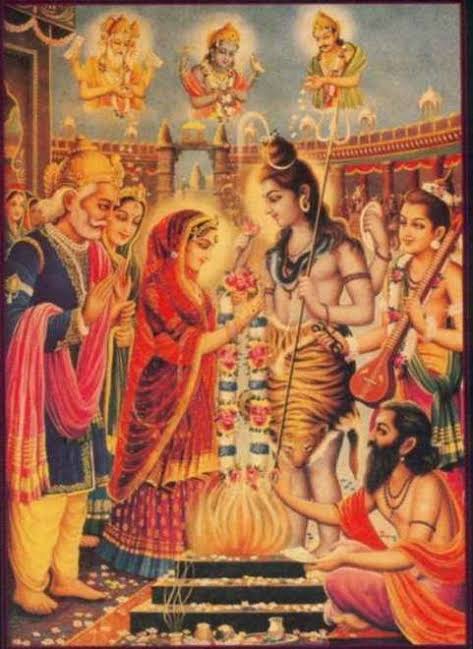
There is huge power which remains there and it is all beyond some science about the mangal Sutra being tied to neck with 3 knots.
3 knots represent 3 commitments by the couple Manasa, vaacha, karmana. There are many more representations of same.
3 knots represent 3 commitments by the couple Manasa, vaacha, karmana. There are many more representations of same.
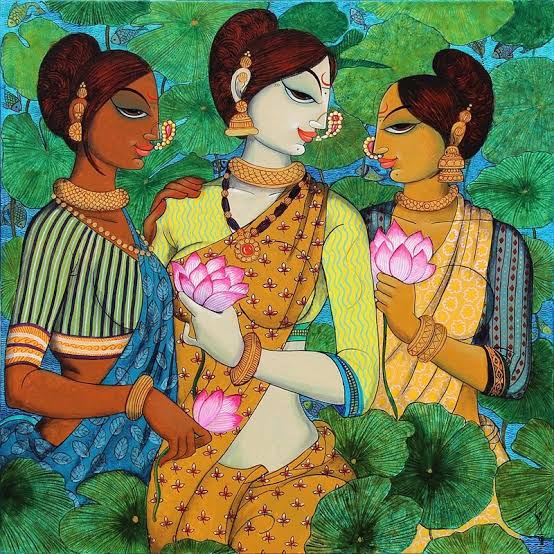
1st two knots are tied by the bridegroom and 3rd usually by the groom's sister to ensure their unity.
The thali used in dakshinachar esp, in Andhra Telangana / Karnataka / Maharashtra usually have Thaali / Mangalsutra . They are said to represent the Sthan (Breast) of gauri devi

The thali used in dakshinachar esp, in Andhra Telangana / Karnataka / Maharashtra usually have Thaali / Mangalsutra . They are said to represent the Sthan (Breast) of gauri devi
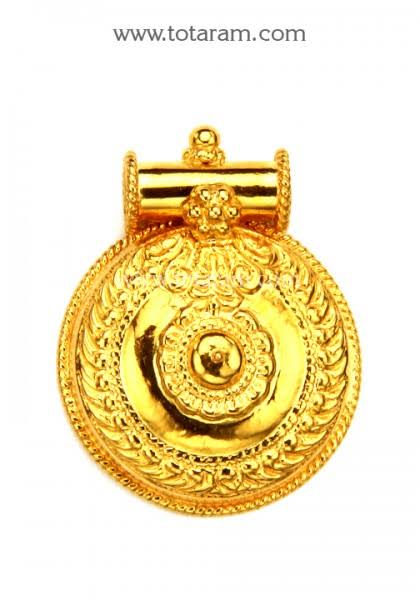
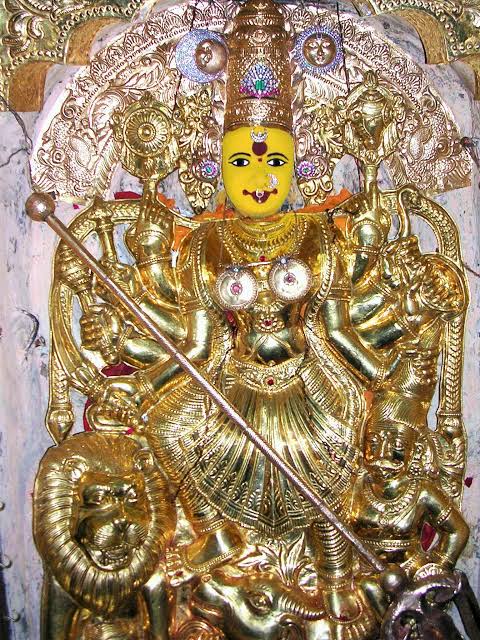
As per south Traditions, The thali is never worn outside and no other man is supposed to have his drishti on the thaali. Women protect the thaali behind the clothes usually not a jewellery worn for public view.
There are different types of mangalsutra for different regions across the country. Some cultures don't have it as a symbol of marriage. It all depends on the aachara followed by their lineage.
"Kamesha-baddha-maangalya-sutra-shobhita-kandhara "
The thirtyth name in Lalitha Sahasranamam describes Shree Lalitha Parameshwari as one whose nech is adorned by the Mangalyam tied by Kamesha. Lalitha Sahasra was discussed by Shree Hayagreeva avtara of Vishnu to Agastya Mahamuni
The thirtyth name in Lalitha Sahasranamam describes Shree Lalitha Parameshwari as one whose nech is adorned by the Mangalyam tied by Kamesha. Lalitha Sahasra was discussed by Shree Hayagreeva avtara of Vishnu to Agastya Mahamuni
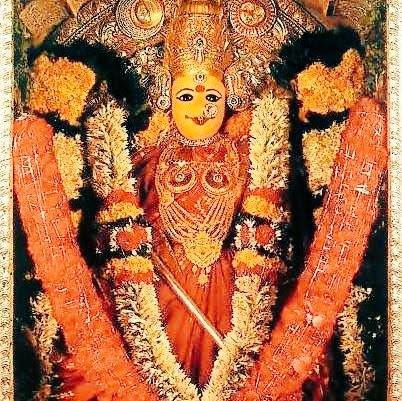
Sindooram & Tilakam
Sindoor in the hair Partition and forehead is a must for married women. The space near Hair partition is called as Ganga Sthaana and Mahalakshmi is a nivasini of that space. It is therefore adorned with Kumkum over there. Tilakam is a symbol of sthreetva.

Sindoor in the hair Partition and forehead is a must for married women. The space near Hair partition is called as Ganga Sthaana and Mahalakshmi is a nivasini of that space. It is therefore adorned with Kumkum over there. Tilakam is a symbol of sthreetva.
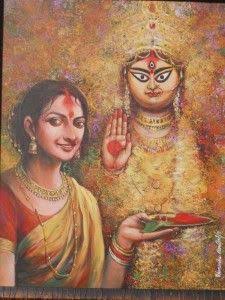

Mantra while applying sindoor / Tilak
Urdhava pundram lalaateshu partha raayushya vardhanam|
lalate kumkumam chaiva sadhaa lakshmi nivasiyeth||
The style of applying tilakam is straight when women are pregnant and expecting a child. This ensures the born child is a shaurya veer


Urdhava pundram lalaateshu partha raayushya vardhanam|
lalate kumkumam chaiva sadhaa lakshmi nivasiyeth||
The style of applying tilakam is straight when women are pregnant and expecting a child. This ensures the born child is a shaurya veer
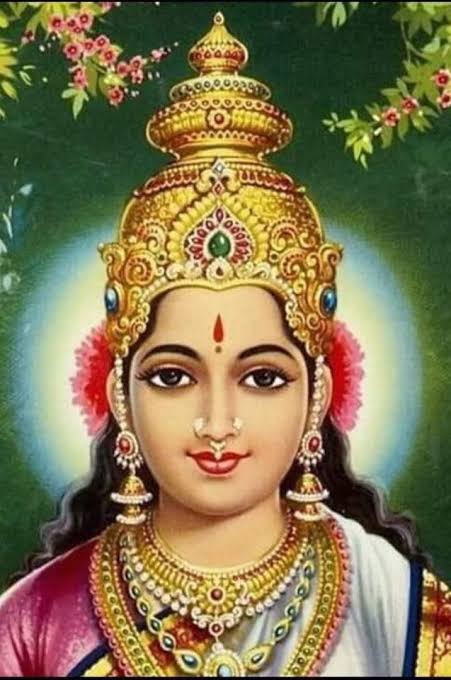
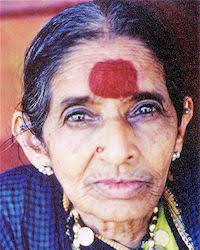
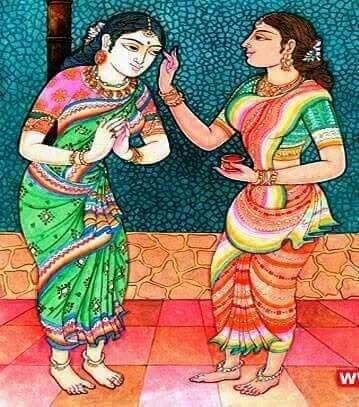
Bangles / Choodiyan
"Kanakangada-keyura-kamaniya-bhujanvita"
The thirty first name in Lalitha Sahasranamam represents, She whose beautiful arms are covered with ornaments made with gold or ornaments called angada and keyura (Bangles & bracelets)


"Kanakangada-keyura-kamaniya-bhujanvita"
The thirty first name in Lalitha Sahasranamam represents, She whose beautiful arms are covered with ornaments made with gold or ornaments called angada and keyura (Bangles & bracelets)

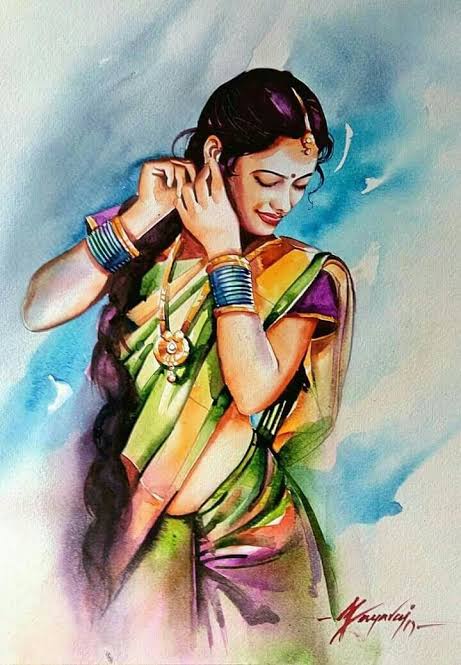
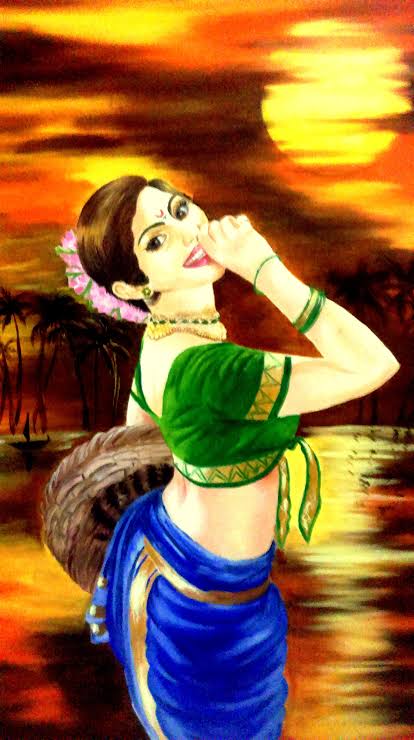
Nose pin / Nathni
"Tarakanti tiraskari nasabharana bhasura"
This verse from Lalitha Sahasranamam explains she is adorned with a nasal ornament set with a jewel that excels the brilliance of the planet Venus.

"Tarakanti tiraskari nasabharana bhasura"
This verse from Lalitha Sahasranamam explains she is adorned with a nasal ornament set with a jewel that excels the brilliance of the planet Venus.
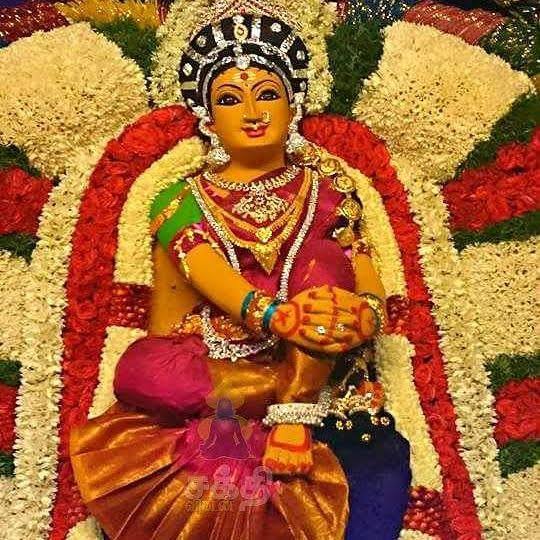
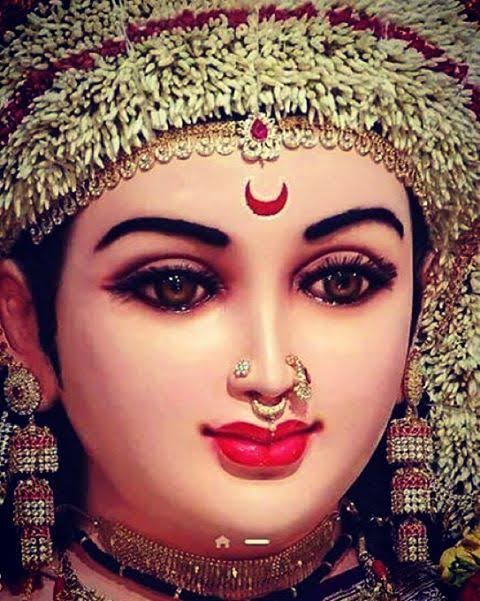
According to the Vedas, piercing the left nostril is ideal for a woman. The left side of the nose is linked to the reproductive organs of a woman. It significantly helps reduce menstrual cramps and eases pain during child birth. 

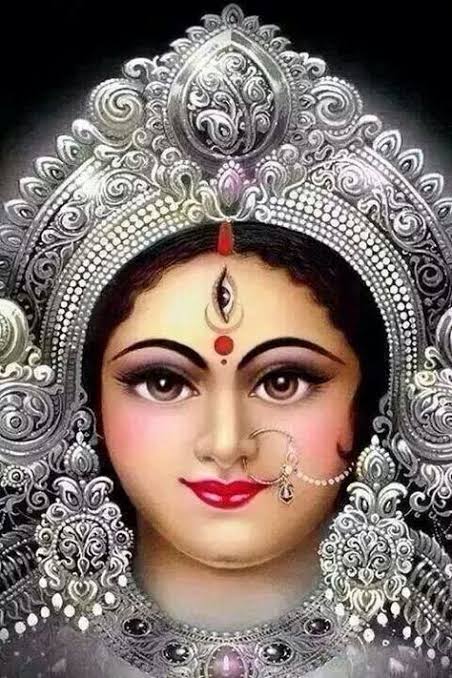
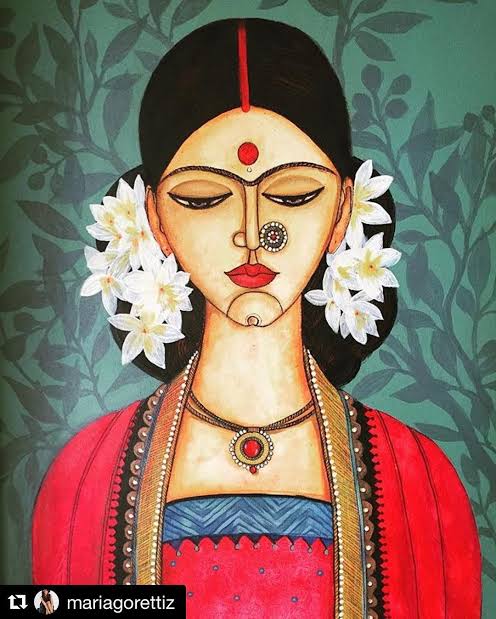
Flowers
Champak-ashoka-punnaga-saugandhiga-lasat-kacha
The thirteenth name in Lalitha Sahasranamam states Champakam, ashokam, punnagam, saugandhigam are the four types of fragrant flowers that adorn her hair. Her hair naturally has a fragrance and moist which are mesmerizing.


Champak-ashoka-punnaga-saugandhiga-lasat-kacha
The thirteenth name in Lalitha Sahasranamam states Champakam, ashokam, punnagam, saugandhigam are the four types of fragrant flowers that adorn her hair. Her hair naturally has a fragrance and moist which are mesmerizing.
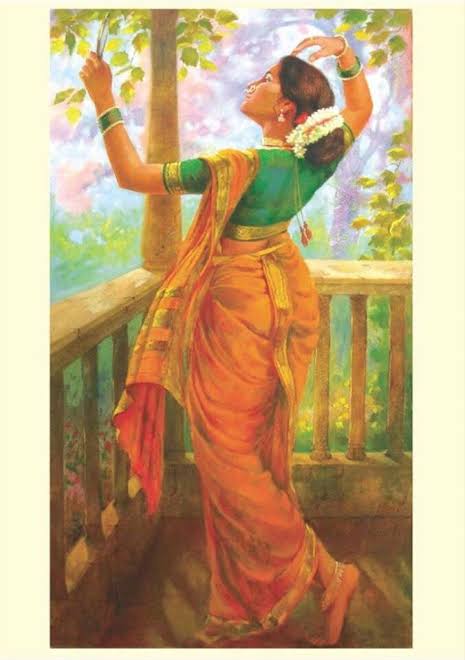
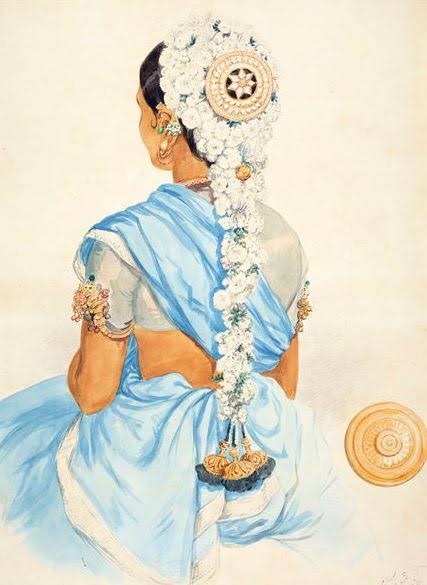
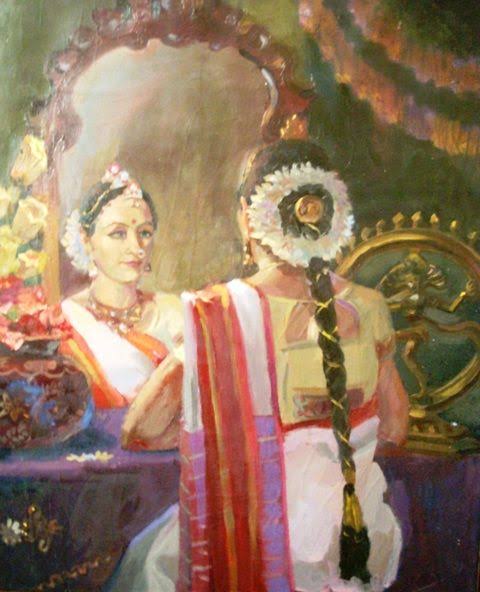
Toe Rings Anklets Patravali ( Like Altha ) Madhayanti ( Mehendi ) are also considered symbols of sumangali.
#Sanatansanskriti
Pic Sources : Pinterest

#Sanatansanskriti
Pic Sources : Pinterest
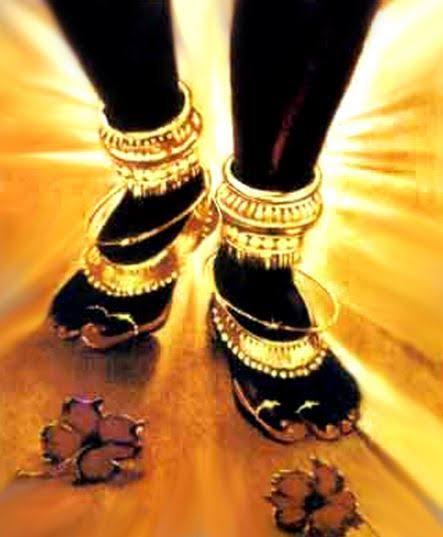
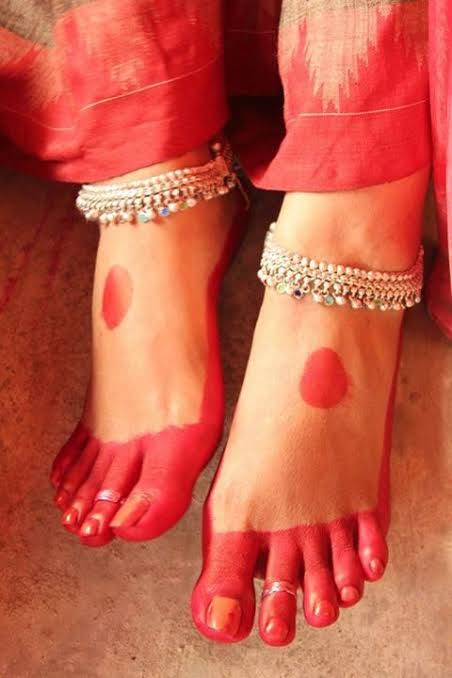
सर्वमङ्गलमाङ्गल्ये शिवे सर्वार्थसाधिके ।
शरण्ये त्र्यम्बके गौरि नारायणि नमोऽस्तु ते ॥
Sarva-Manggala-Maanggalye Shive Sarvaartha-Saadhike |
Sharannye Trya[i-A]mbake Gauri ( Devi ) Naaraayanni Namo[ah-A]stu Te ||

शरण्ये त्र्यम्बके गौरि नारायणि नमोऽस्तु ते ॥
Sarva-Manggala-Maanggalye Shive Sarvaartha-Saadhike |
Sharannye Trya[i-A]mbake Gauri ( Devi ) Naaraayanni Namo[ah-A]stu Te ||
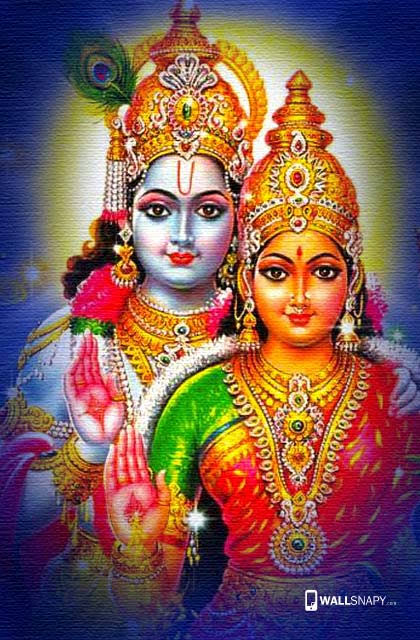
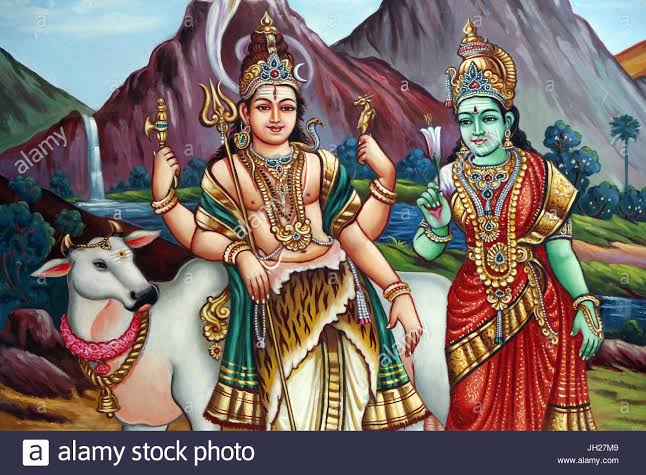
• • •
Missing some Tweet in this thread? You can try to
force a refresh



